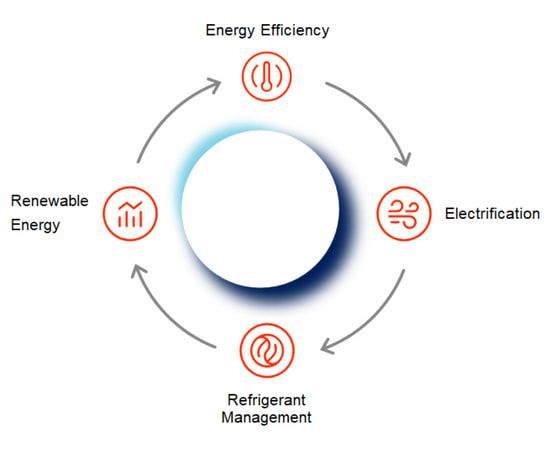Staying relevant in today’s competitive market can be challenging, especially since there's more to success than simply meeting traditional business goals. Thriving organizations must now look beyond decades-old drivers to examine their impact on the environment as they begin investing in corporate sustainability efforts. Added pressures from stakeholders, customers, and government regulations require businesses to act responsibly and with urgency.
Reducing your carbon footprint is a common component of any sustainability plan, but what does that even mean? A carbon footprint is the measurement of the total amount of greenhouse gas emissions generated by an organization. In short, the larger the carbon footprint, the larger the negative effect on the air we breathe and our local communities.
The path to reducing your carbon footprint is through decarbonization - the process of decreasing and even removing CO2 emissions. We previously discussed what decarbonization is and why it matters here.
Business leaders face many common barriers like time, costs, and a clear starting point. A Trane expert can define and guide you through four key pillars of decarbonization to ensure efficiency and results throughout your journey.
1. IMPROVE YOUR ENERGY EFFICIENCY
Start with looking at your building envelope and look for areas of air leakage and deficient insulation. Shifting to LED lighting is simple, cost-effective, and helps to improve energy efficiency. Upgrading to energy-efficient equipment or optimizing your operations using your Building Automation System, will make an enormous impact on your energy use. These are often the first steps in reducing your carbon footprint.
2. BEGIN ELECTRIFICATION
Now that you’re more energy efficient, you can shift your energy source to electric. Moving away from gas and other fossil fuel energy sources is the next critical piece of decarbonization. Electric energy reduces carbon emissions and helps lay a strong foundation for bigger conversions around clean energy. This will prepare your business to benefit when the grid moves to clean energy. Trane offers a portfolio of solutions to support your shift to electric energy.
3. REFRIGERANT MANAGEMENT
Converting your HVAC system and other onsite equipment to next-generation, low-GWP1 refrigerants is critical to slowing CO2 emissions. Regular maintenance and management will ensure your equipment continues to perform efficiently. Learn more about how Trane provides refrigerant management solutions that fit the needs of every customer and climate.
4. CONVERT TO RENEWABLE (CLEAN) ENERGY
Once shifted to electric energy, converting to a clean energy source like solar or wind will decrease carbon emissions even more. These energy sources can provide the same amount of energy as electricity and are carbon neutral.













































































